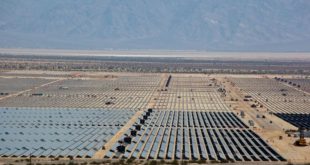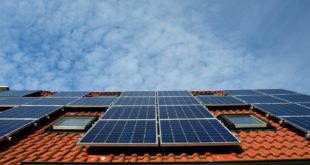This is an interesting post about a recent conference where scientists are reporting on their efforts to mimic photosynthesis in order to extract cheap and efficient energy sources to power the world in the future. One of them in particular has to do with creating a synthetic leaf which absorbs sunlight and then converts it into fuel which can be captured to power fuel cells. Check it out and comment below with your thoughts on these new technologies. Electrofuels a new and exciting concept.
Photosynthesis is nature’s way of storing energy from the sun in the form of electrons in chemical bonds. Humankind has long taken advantage of this process by using fossil fuels and biomass to produce heat, transportation fuels, and electricity. But photosynthesis is not efficient at converting sunlight into usable energy, and future global energy demand is expected to outstrip nature’s ability to provide the fuels we have grown to depend on.
Electrofuels are made with energy from the sun and renewable inorganic feedstocks such as carbon dioxide and water in processes facilitated by nonphotosynthetic microorganisms or Earth-abundant metal catalysts.
“The electrofuels concept is an effort to decouple the production of liquid fuels from fossil fuels and land use, which is starting to constrain our daily lives,” said Gregory Stephanopoulos, a chemical engineering professor at Massachusetts Institute of Technology and leader of the conference’s organizing committee.
“The name of the game for electrofuels is to find more efficient ways to capture solar radiation in a form that’s usable for transportation,” commented Eric J. Toone, a chemistry professor at Duke University and deputy director of ARPA-E. The agency was created in 2009 with funding from the American Recovery & Reinvestment Act to boost development and commercialization of technologies that reduce U.S. dependence on foreign energy sources.
“When looking at the amount of solar energy that is captured by a plant and the net amount of that energy it can harness, the value is on the order of 0.1 to 0.2%,” Toone said. “On the other hand, we know we can capture and convert solar energy to electricity at higher efficiency, on the order of 20% for current silicon photovoltaic cells. In the electrofuels approach, we’ve tried to bring together the best of both worlds, to develop catalytic systems capable of highly efficient energy assimilation from inorganic molecules for the direct production of fuels.”
more here
 Alternative Energy HQ solar power for homes, wind energy, and bio fuel issues
Alternative Energy HQ solar power for homes, wind energy, and bio fuel issues






